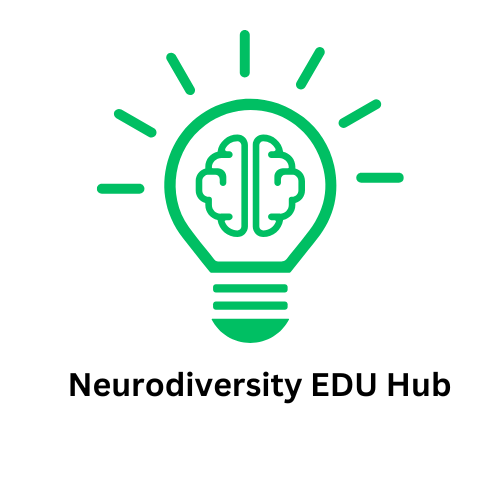
Understanding ADHD: A Crucial Conversation
ADHD, or Attention Deficit Hyperactivity Disorder, is often misunderstood, particularly among friends and family who may not fully grasp its complexities. For those living with ADHD, whether as adults or children, the daily challenges can be exhausting and isolating. The symptoms vary widely, from inattention and impulsiveness to hyperactivity, which can severely impact educational and professional environments.
Why Educating Your Circle Matters
Engaging your friends and family in conversations about ADHD can foster empathy and support. Many people tend to view the symptoms of ADHD as mere personality traits rather than a neurological condition. It’s essential to bridge this knowledge gap, promoting understanding that manifests into practical support strategies. By educating loved ones, you help combat stigma and contribute to a more inclusive environment.
Equal Opportunity for Success: The Role of Awareness
For educators, it's vital to cultivate an environment where neurodiversity is recognized and valued. Beyond lecturing, creating interactive workshops or informational sessions can empower both teachers and parents to adopt effective teaching strategies for students with ADHD. These initiatives not only build a stronger community but also enhance academic and social outcomes for children diagnosed with the disorder.
Creating a Support System: Sharing Resources
Consider sharing informative resources—books, videos, articles, and support group information—with your network. For instance, platforms like the ADHD Foundation and CHADD (Children and Adults with Attention-Deficit/Hyperactivity Disorder) provide valuable insights and practical advice on managing ADHD effective strategies at home and school. Familiarizing your friends and family with such resources can help demystify ADHD and empower them to lend support.
Tools for Communication: Practical Tips
When conversing about ADHD with loved ones, opt for open and honest dialogue. Here are a few tips to facilitate these conversations:
- Share Experiences: Relate personal stories to help your audience understand the emotional and physical toll of ADHD.
- Use Simple Language: Avoid jargon that may alienate your audience; simple terms resonate better.
- Be Patient: Provide opportunities for questions and clarifications and remain patient as your friends and family learn.
In Conclusion: Join the Discussion on ADHD
Understanding ADHD is a gateway to fostering empathy and support in our social circles. By taking the steps to educate friends and family, we can create a more informed and connected community that accommodates neurodiversity. Each conversation brings us closer to demystifying ADHD. If you’re ready to open these discussions, start by sharing resources, experiences, and insights with those around you. Every positive step contributes to a more supportive environment for all.
 Add Row
Add Row  Add
Add 




Write A Comment